The monstrance stand is a shelf upon which the monstrance is placed.
The monstrance is the sacred container used for the exposition of the Blessed Sacrament to the faithful. Such exposure takes place during worship and Eucharistic blessing. The very name of this furniture fully symbolizes its use: it comes from Latin, meaning “to show”. Such an important and solemn object requires an equally valuable support surface.
The monstrance stand thus became a church good of primary importance. Usually these are small thabors in brass or gilded and silver bronze used as basis for the exposition of the Blessed Sacrament, but can also be made of wood, glass, and other materials.
Often the monstrance stand is enriched with decorations and sculptures: praying angels, evangelists, perforated crosses, doves, fish, deers, grapevines, grapes, and other sacred symbols linked to the figure of Christ and the mystery of his death and resurrection.
Some monstrance stands, for the value of the materials and the artisanship with which they are made, rise to the value of true works of art, further enriched by the monstrance to them combined.
From the 15th century, it developed and spread the monstrance of the “architectural” form, shaped like a tower or pointed temple, usually in gold or silver, decorated with pinnacles. For this type of monstrance in particular, the base had to be equally rich and artistically drawn. This form of monstrance and monstrance stand is still used in the Ambrosian liturgy. The thabor (or throne) is another type of monstrance stand. It is a sort of kiosk, or small temple, in wood (but also in silver and other precious metals), surmounted by a canopy. This monstrance stand is exposed on the altar for adoration and Eucharistic blessing.

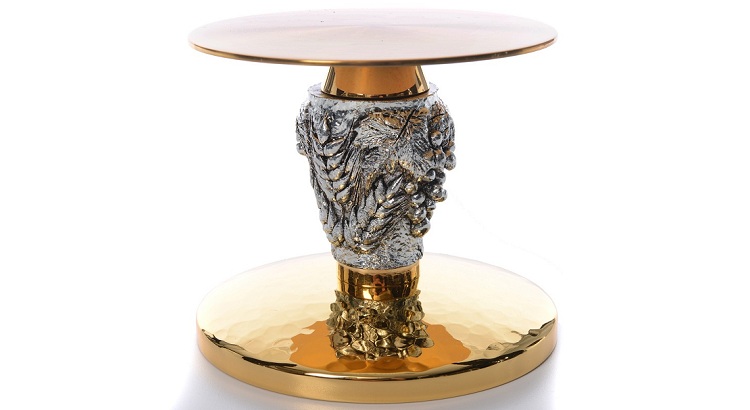
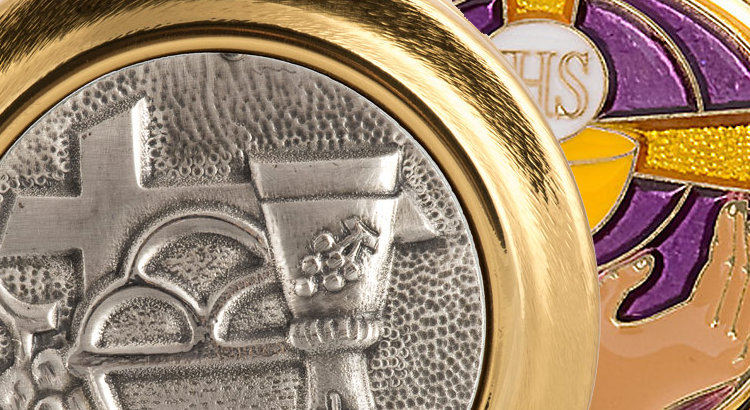
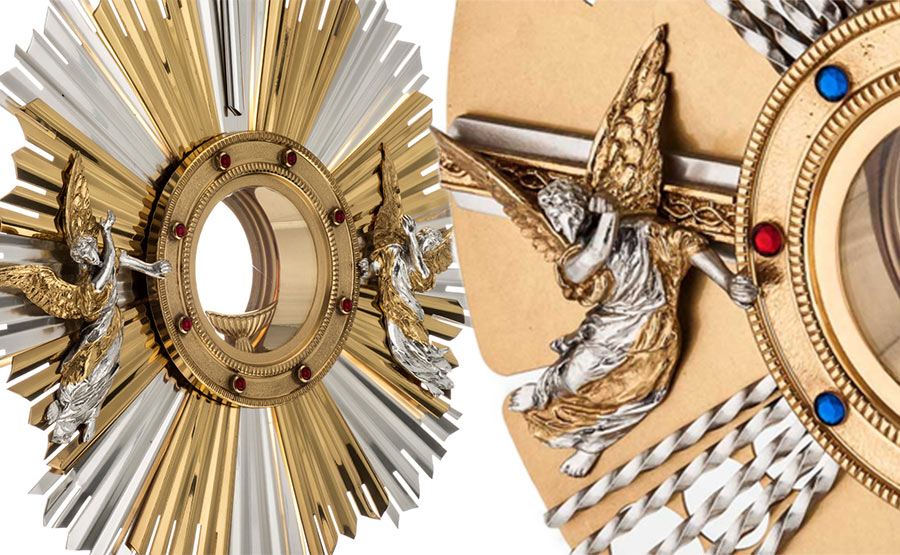
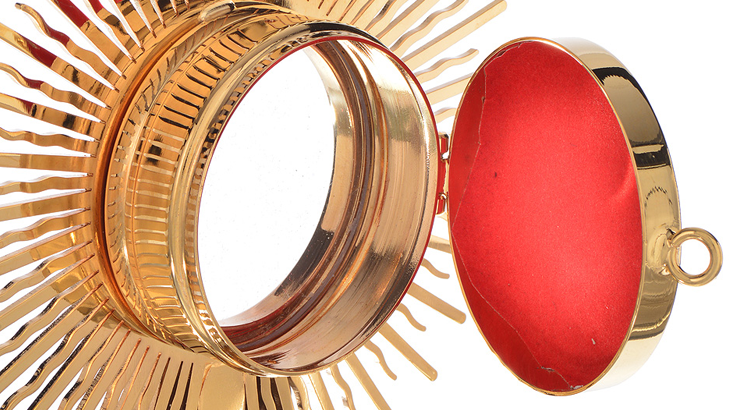
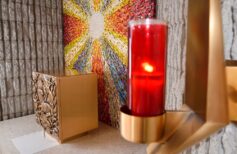
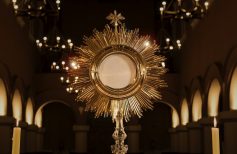


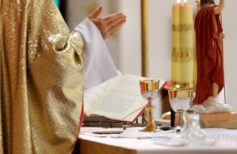
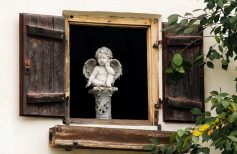








 19 March 2025
19 March 2025






